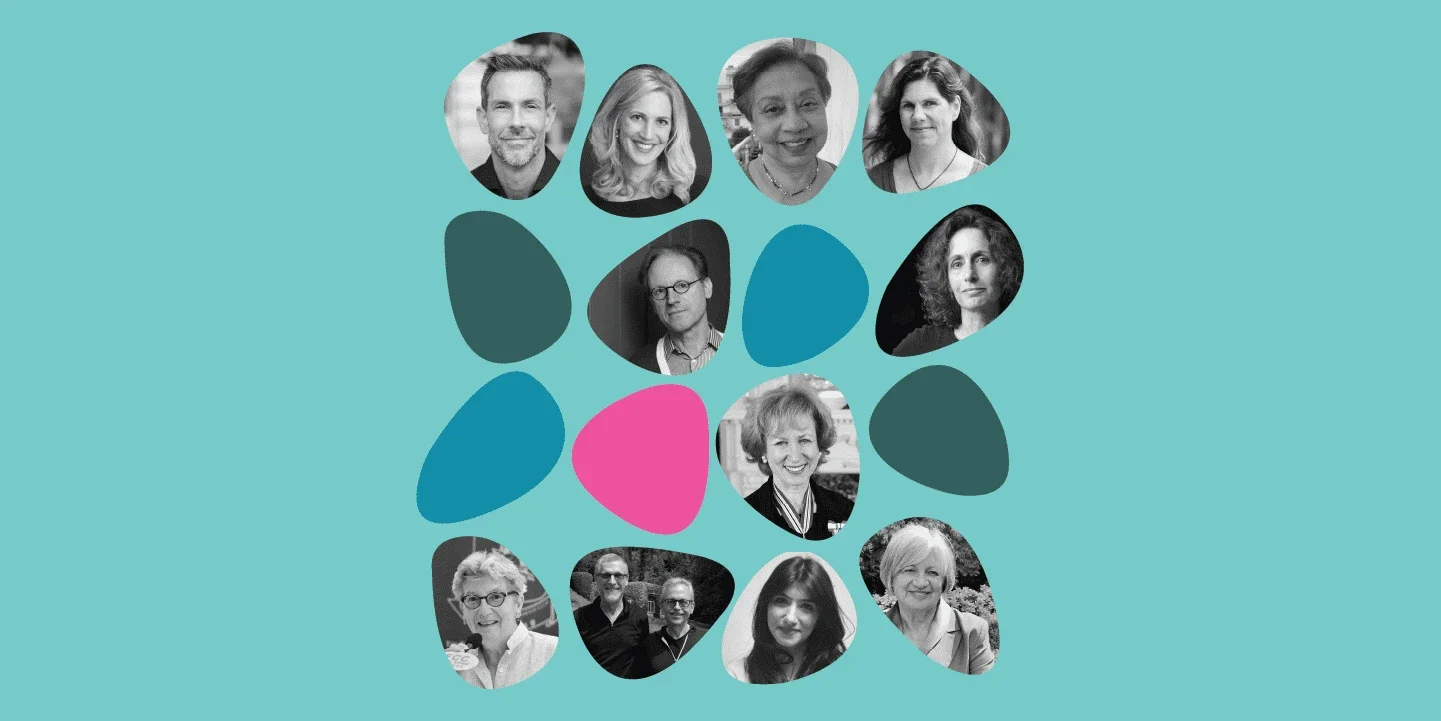Which person needs to do something different on Monday morning than they did on Friday night?” Policymakers, ministers, and CEOs don't reduce emissions; they change the context.
Roland Kupers
What breakthroughs need to happen for us to both avoid the worst impacts of climate change and prepare communities to adapt to the new challenges that will arise?
We need the gas plant manager who has the agency to fix the emissions to also take the measurements. But we have to remember that data alone doesn’t change behavior. I don’t mean that data is useless – as Elinor Ostrom has written, for collective action, you need a trusted source of information. And there’s a lot of excitement in the satellite world, with the launch of new instruments in the next 18 months that will revolutionize our capacity to quantify methane emissions.
This is necessary but not sufficient, because it’s all about human behavior. For example, IMEO had a session last year with 25 Libyan oil and gas operators. Our satellite scientists looked at Libya to assess whether there were any large emission sources, and found nine super emitters in a single site I had never heard of. But the engineer who managed the site happened to be in the room.
And so what happened next was really interesting. This person, who runs an oil and gas facility in the middle of nowhere amid civil unrest, just had his facility picked up by a global satellite. So he perked up. Then, of course, the next question was, “What is going on in your facility?” Eight of the nine super emitters dated from the 1960s with poor infrastructure and no easy solution. But the ninth source was a huge tank, which he admitted was a mystery. Turns out there was a valve that had been open for years, and all they had to do was close it.
The world is full of these things. Climate solutions are all about the connection to motivation, behavior, and agency. Our chief scientist says that half of the emissions can be fixed by a guy with a wrench. Afterwards, of course, it gets harder.
Climate solutions are all about the connection to motivation, behavior, and agency.
Roland Kupers
What keeps you up at night about achieving these goals? What makes you optimistic?
I’m optimistic because methane in the energy sector is a relatively ring-fenced issue. If we do this single initiative well, IMEO can shave 0.25C off global warming. It’s really exciting.
In the past two years the world has woken up to methane, and now everybody wants to reinvent the wheel. So what keeps me up at night is politics getting involved and people creating competing initiatives, either with good intent and out of ignorance, or out of ill intent to slow things down.
Methane in the energy sector is one of those rare public policy issues where a single institution would be most efficient in fixing the problem. This would not be true, for example, if you look at methane emissions from rice. In every country, in every culture, rice farming is hugely context dependent – so the data discipline might well be centralized in IMEO, but the action would need to let a thousand flowers bloom.
Whereas, in the energy sector, it’s far more homogeneous. They all use the same pumps, valves, and compressors; they go to the same schools. So this can be dealt with by a single institution. I’m concerned that with competing institutions, the industry might conclude, “Well, no one agrees how we should proceed,” and then it all slows down.
But what we’ve seen, for example, with the 1987 Montreal Protocol – one of the rare treaties to achieve universal ratification – is that if the world says, “Okay, let’s fix this,” then we can do it. And I believe with IMEO we have the infrastructure to solve this problem.
Learn more: Find out more about UNEP’s methane mitigation efforts, IMEO, and MARS. You can also read “An Eye on Methane: International Methane Emissions Observatory 2022 report” and visit Roland’s website.

